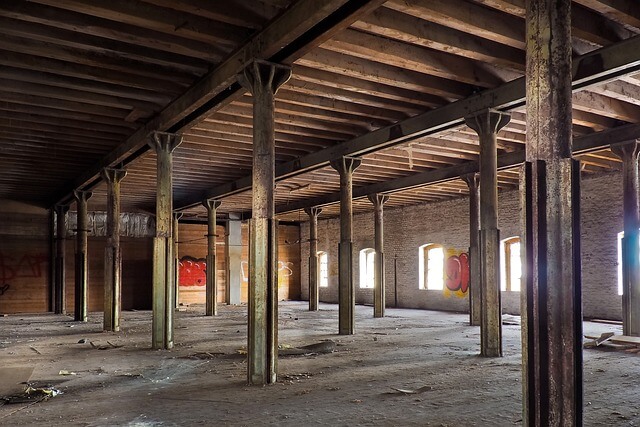It’s always good to know a few things about your home’s foundation, even if you’re not having any problems with it. This will give you a good idea of the benefits of the type of foundation you have, things to keep an eye out for, preventive maintenance you can take, and warning signs that will let you know you may have an issue and need to call a foundation repair team for help.
In this case, we’re going to take a look at the pier and beam foundation. Briefly, we’ll give five facts you need to know about it and indications you may need pier and foundation repair work.
1. What is a Pier and Beam Foundation?
A pier and beam foundation utilizes piers, or posts, to support beams that then support the weight of a building.
The piers are usually constructed of either concrete or steel and are driven deep into the soil and held in place by footers. The beams run laterally and are usually made of concrete, wood, or steel. Together, each individual pier and beam form a “T” where the pier is the vertical portion and the beam the horizontal. They are placed around the perimeter of the home’s planned layout, as well as within the perimeter of the foundational footprint. On top of them is where the floor joists, subfloor, and the rest of the home are constructed.
2. The Crawl Space
The grid pattern the piers and beams form to support the load of the structure also creates an elevated crawl space underneath the home. This was not an unintended design or accident. The usefulness of crawl space feature was important in areas where the soil was consistently damp or prone to flooding. As plumbing became more prevalent throughout the whole house, it made sense to have a space where plumbing could be installed and accessed under the home without needing to excavate. This also became true for systems like heating and air conditioning.
3. The Pros of Pier and Beam Foundations
Although pier and beam foundations are older design for foundations and have been around a long time, they still have a lot of pros that make them a good option, if not ideal in some areas of the country. Some pros include:
- Fewer problems with flooding because of their elevation.
- Ease of access to installed systems like plumbing. In slab foundations, plumbing and natural gas lines are often run in the slab, requiring major foundation work if there are issues.
- Their “floating” nature and flexibility makes them less prone to rapidly shifting soils, especially in areas where earthquakes are a problem.
- If there is a foundation issue like cracks, the repair can often be isolated to one or two piers without having to repair the whole scope of the foundation.
- If it’s a house, you love but wanted it somewhere else, pier and beam foundations make it easier to move the entire structure.
4. The Cons of Pier and Beam Foundations
Not every design is without its cons, and pier and beam foundations have their fair share of them. That being said, no foundation’s perfect. Foundation selection is a science that really depends on factors such as local seasons, soil types, and water concerns. Some cons for pier and beam foundations include:
- Crawl spaces provide an ideal environment for pest infestations.
- Crawl spaces can act as moisture traps if not properly waterproofed. This can result in mold and mildew issues for the entire home.
- Inadequate drainage or landscape grading can turn your crawl space into a swamp. Constant water problems can lead to rot in your floor joists and subfloor.
- Because of the “floating” nature and flexibility of the foundation, pier and beam homes are more likely to have flooring issues over time, like cracking tiles.
- If the crawl space is exposed to cold weather, there is a greater likelihood of pipes freezing in winter months.
5. Weatherproofing is Vital
If you have a crawl space and are concerned about foundation problems or the potential for them, call us today. Our experts will inspect your foundation for free and give a good idea of how your crawl space is doing and if you could benefit from waterproofing or encapsulation.
Waterproofing will keep your crawl space dry using things like:
- Installed Drains
- Sump Pump
- Dehumidifier
Encapsulation takes this process even further by completely sealing your crawl space with a heavy-duty vapor barrier and even insulation.
Both crawlspace waterproofing and encapsulation will promote the pros of pier and beam foundations while eliminating the cons.
If you’re experiencing any of the cons listed above, then contact us to schedule your free inspection. We’re ready to help.





